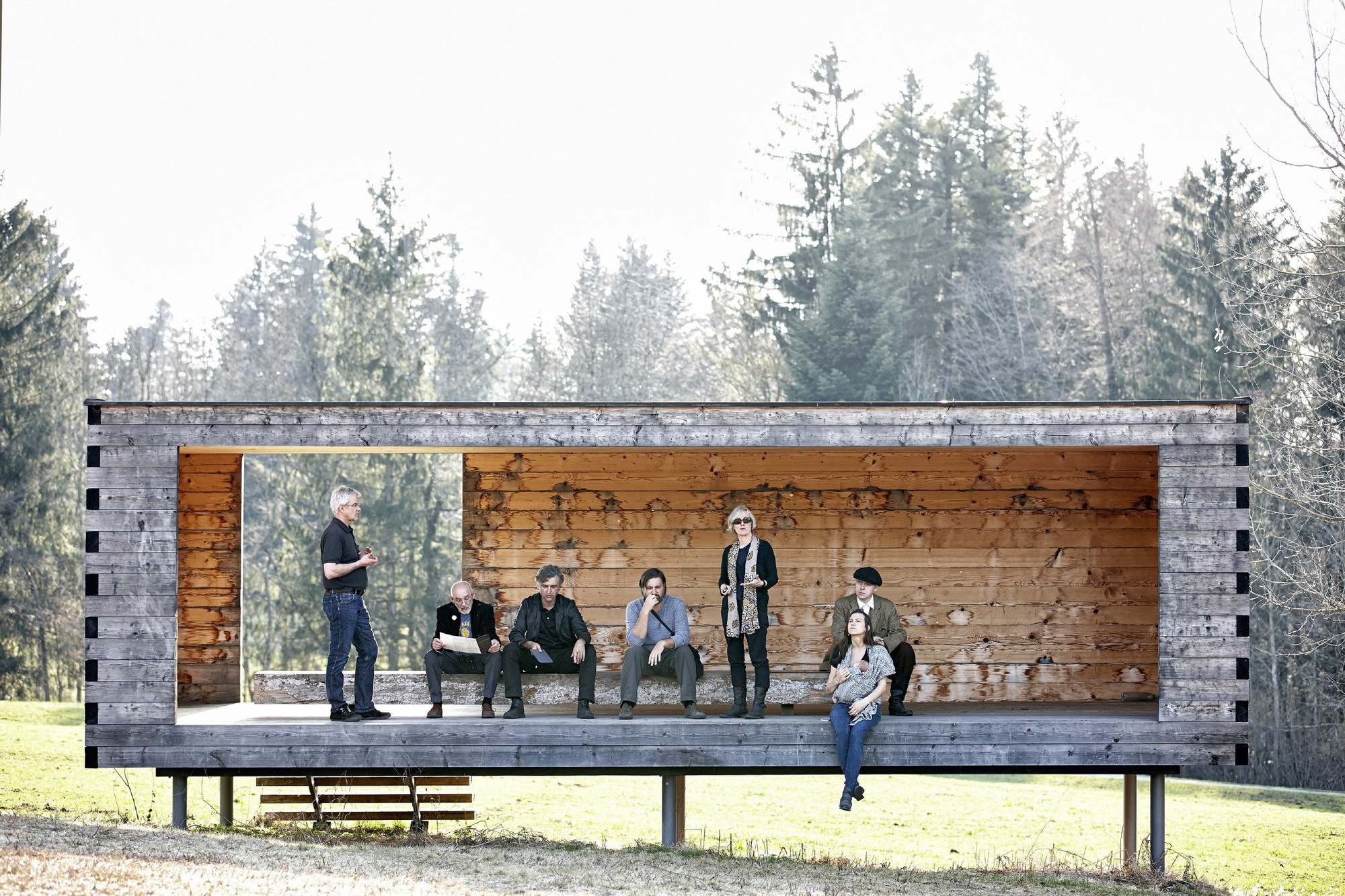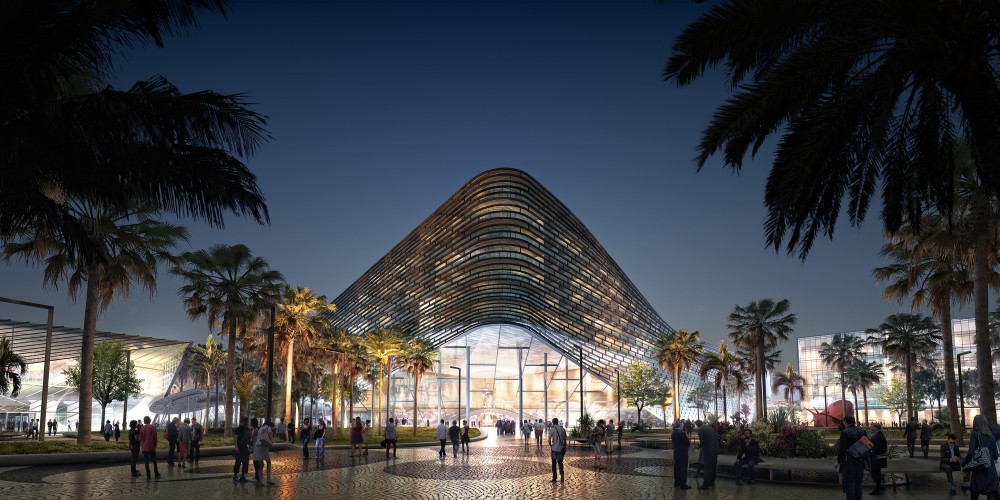
According to the UN, about 60% of the world's population will be living in cities within the next 8 years - a human migration that adds more and more strain on cities' sanitation and resources. One of these many urban centers is Lima, Peru, the second largest desert capital in the world that receives less than 2 inches of rain a year. Despite its nearly nonexistent rainfall, Peru has some of the highest atmospheric humidity anywhere - 98%.
The University of Engineering and Technology of Peru (UTEC) and an ad agency called Mayo DraftFCBand saw great opportunity in this invisible source of water and created a billboard that can capture this humidity and turn it into potable drinking water for nearby residents.

















